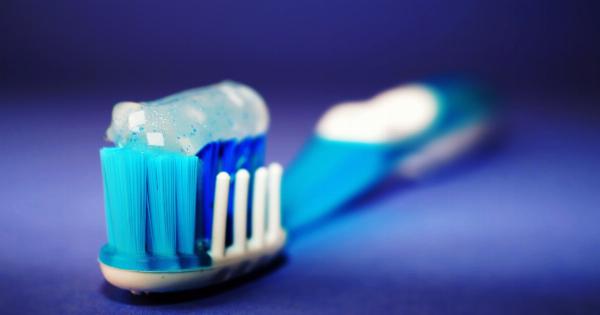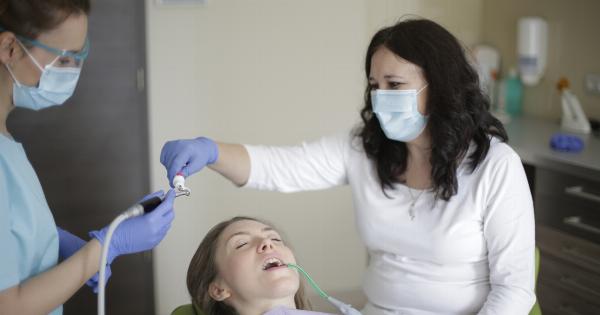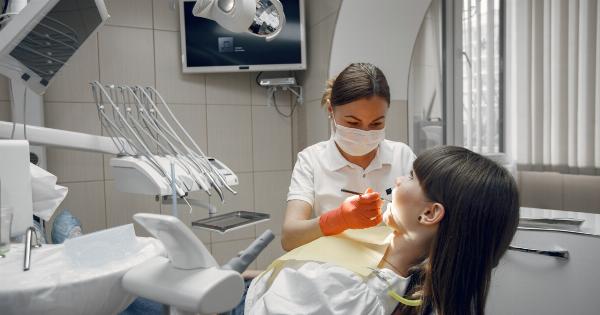Autism is a complex developmental disorder that affects communication, social interaction, and behavior. The earlier it is diagnosed, the better the outcomes for the child.
However, autism can be difficult to diagnose, as there is no single physical marker or laboratory test that can establish its presence.
Now, a new study has suggested that dental markers could reveal an increased risk of autism. The research has found that specific characteristics of primary teeth are associated with the risk of developing autism spectrum disorder (ASD) in children.
What Are Dental Markers?
Dental markers refer to the observable traits that occur in the teeth of a growing child, including variations in size, shape, color, texture, and arrangement.
These markers can reflect both genetic and environmental factors that have influenced the growth of teeth during their early formation in the womb.
The most commonly assessed dental markers include tooth size and symmetry, enamel defects, and minor dental anomalies.
These markers can provide important information about the child’s health and development, as they may be indications of underlying genetic disorders or developmental conditions.
The Study
The study, conducted at the University of Washington’s School of Dentistry, analyzed data from the Early Autism Risk Longitudinal Investigation (EARLI), a large-scale study of children at risk for autism.
The researchers examined dental records from over 200 sets of twins enrolled in the study, analyzing over 4,000 teeth in total.
The study found that specific dental characteristics were associated with an increased risk of autism in children. These included wide interdental spacing (the gap between teeth), irregularly shaped teeth, and enamel defects.
The researchers also found that these dental markers could differentiate between children with autism and those with other developmental conditions, such as attention deficit hyperactivity disorder (ADHD) or anxiety disorders.
This suggests that they are specifically related to autism risk.
What Does This Mean For Autism Diagnosis?
The findings of this study could have important implications for autism diagnosis and early intervention.
As dental markers are easily observable and non-invasive, they could provide a simple and cost-effective tool for identifying children at risk of developing autism.
Currently, diagnosing autism involves a comprehensive evaluation by a team of healthcare professionals, including a pediatrician, psychiatrist, psychologist, and speech pathologist.
This can be a lengthy and expensive process, and there is often a delay between the onset of symptoms and the time of diagnosis.
By contrast, dental markers could be assessed during a routine dental check-up, which most children receive at least once a year. This could allow for earlier identification of autism risk, and earlier referral for further evaluation and intervention.
Limitations
It is important to note that this study has several limitations. Firstly, the sample size was relatively small, with only 208 participants.
Secondly, the study only included children at high risk of developing autism, and therefore may not be generalized to the wider population.
Thirdly, the dental markers identified in this study are not specific to autism, and may be associated with other developmental conditions or even normal variation in tooth growth.
Therefore, further research is needed to confirm these findings and to identify specific dental markers that are unique to autism risk.
Conclusion
The study suggests that dental markers could be used as a non-invasive and cost-effective tool for identifying children at risk of developing autism.
However, further research is needed to confirm these findings and to establish the specific dental markers that are unique to autism risk.
This research has important implications for autism diagnosis and early intervention, as early identification of autism risk can lead to earlier referral and more effective intervention for children with autism.




























